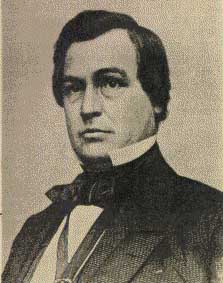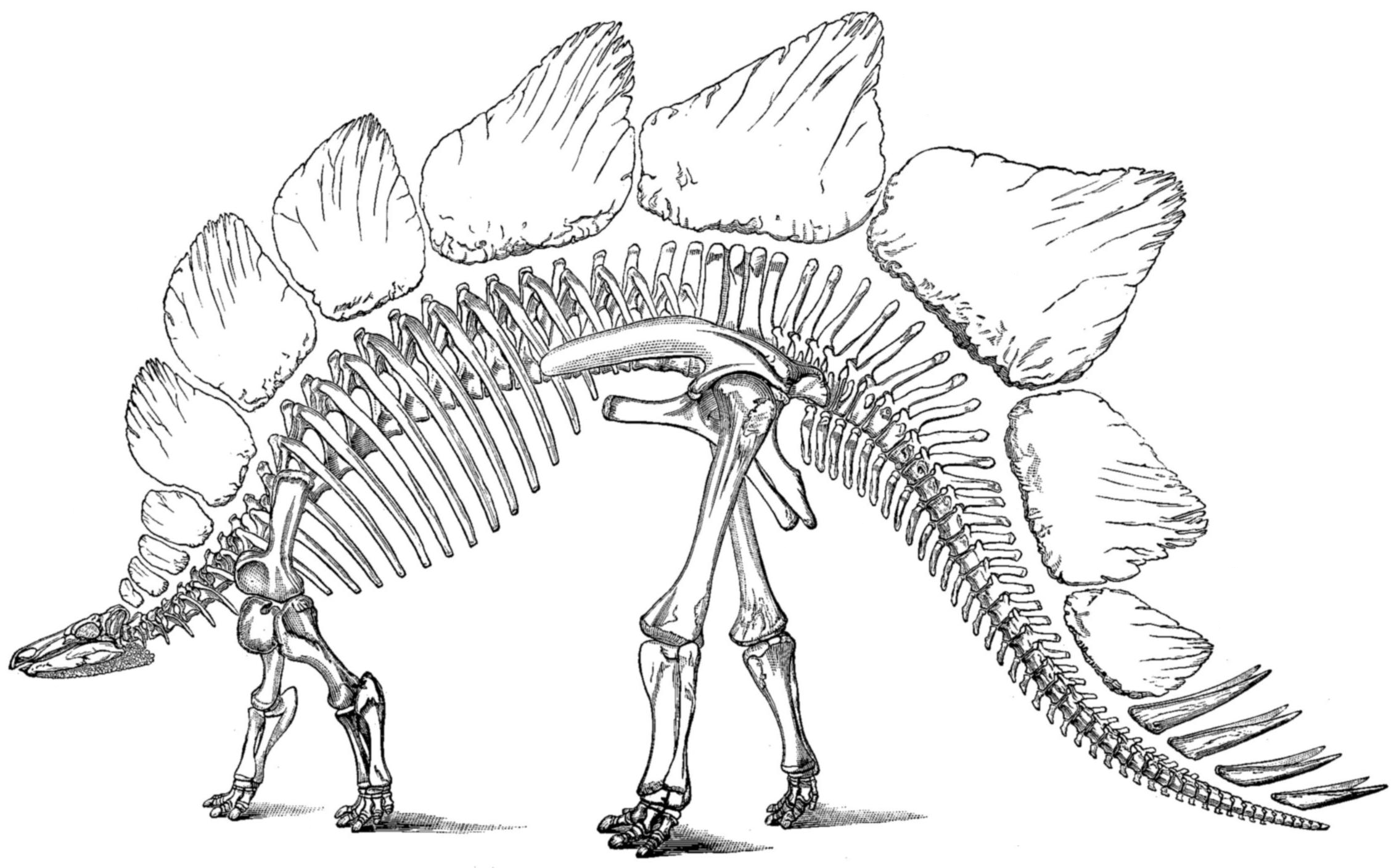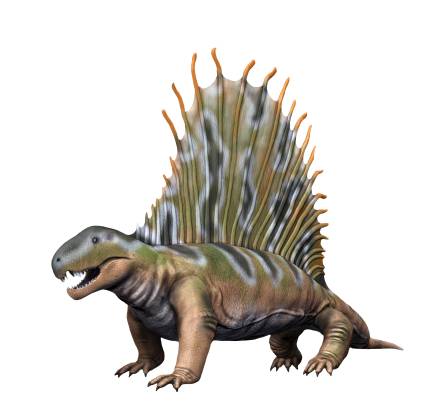|
Denver Museum Of Natural History
The Denver Museum of Nature & Science is a municipal natural history and science museum in Denver, Colorado. It is a resource for informal science education in the Rocky Mountain region. A variety of exhibitions, programs, and activities help museum visitors learn about the natural history of Colorado, Earth, and the universe. The building houses more than one million objects in its collections including natural history and anthropological materials, as well as archival and library resources. The museum is an independent, nonprofit institution with approximately 450 full-time and part-time staff, more than 1,000 volunteers, and a 29-member board of trustees. It is accredited by the American Alliance of Museums and is a Smithsonian Institution affiliate. In 2022, the museum received 1,151,000 visitors, ranking eighteenth in the List of most-visited museums in the United States. It was the fourth-most-visited U.S. museum of nature and science. The museum's official online magazine ... [...More Info...] [...Related Items...] OR: [Wikipedia] [Google] [Baidu] |
Denver
Denver ( ) is a List of municipalities in Colorado#Consolidated city and county, consolidated city and county, the List of capitals in the United States, capital and List of municipalities in Colorado, most populous city of the U.S. state of Colorado. It is located in the Western United States, in the South Platte River, South Platte River Valley on the western edge of the High Plains (United States), High Plains east of the Front Range of the Rocky Mountains. With a population of 715,522 as of the 2020 United States census, 2020 census, a 19.22% increase since 2010 United States census, 2010, Denver is the List of United States cities by population, 19th most populous city in the United States and the fifth most populous state capital. Denver is the principal city of the Denver metropolitan area, Denver Metropolitan area (which includes over 3 million people), as well as the economic and cultural center of the broader Front Range Urban Corridor, Front Range, home to more than ... [...More Info...] [...Related Items...] OR: [Wikipedia] [Google] [Baidu] |
The Denver Post
''The Denver Post'' is a daily newspaper and website published in the Denver metropolitan area. it has an average print circulation of 57,265. In 2016, its website received roughly six million monthly unique visitors generating more than 13 million page views, according to comScore. Ownership The ''Post'' was the flagship newspaper of MediaNews Group, MediaNews Group Inc., founded in 1983 by William Dean Singleton and Richard Scudder. On December 1, 1987, MediaNews, a national newspaper chain with over 60 daily newspapers and over 160 non-daily publications in 13 states, bought ''The Denver Post'' from Times Mirror Company. Since 2010, ''The Denver Post'' has been owned by hedge fund Alden Global Capital, which acquired its bankrupt parent company, MediaNews Group. In April 2018, a group called "Together for Colorado Springs" said that it was raising money to buy the ''Post'' from Alden Global Capital, stating: "Denver deserves a newspaper owner who supports its newsroom." Hi ... [...More Info...] [...Related Items...] OR: [Wikipedia] [Google] [Baidu] |
Diplodocus
''Diplodocus'' (, , or ) is an extinct genus of diplodocid sauropod dinosaurs known from the Late Jurassic of North America. The first fossils of ''Diplodocus'' were discovered in 1877 by S. W. Williston. The generic name, coined by Othniel Charles Marsh in 1878, is a Neo-Latin term derived from Greek διπλός (''diplos'') "double" and δοκός (''dokos'') "beam", in reference to the double-beamed chevron bones located in the underside of the tail, which were then considered unique. The genus of dinosaurs lived in what is now mid-western North America, at the end of the Jurassic period. It is one of the more common dinosaur fossils found in the middle to upper Morrison Formation, with most specimens being found in rocks between about 151.88 and 149.1 million years ago , during the latest Kimmeridgian Age, although it may have made it into the Tithonian., with at least one specimen (AMNH FR 223) being potentially from among the youngest deposits of the formation. Th ... [...More Info...] [...Related Items...] OR: [Wikipedia] [Google] [Baidu] |
Stegosaurus
''Stegosaurus'' (; ) is a genus of herbivorous, four-legged, armored dinosaur from the Late Jurassic, characterized by the distinctive kite-shaped upright plates along their backs and spikes on their tails. Fossils of the genus have been found in the western United States and in Portugal, where they are found in Kimmeridgian- to Tithonian-aged strata, dating to between 155 and 145 million years ago. Of the species that have been classified in the upper Morrison Formation of the western US, only three are universally recognized: ''S. stenops'', ''S. ungulatus'' and ''S. sulcatus''. The remains of over 80 individual animals of this genus have been found. ''Stegosaurus'' would have lived alongside dinosaurs such as '' Apatosaurus'', '' Diplodocus'', '' Camarasaurus'' and '' Allosaurus'', the latter of which may have preyed on it. They were large, heavily built, herbivorous quadrupeds with rounded backs, short fore limbs, long hind limbs, and tails held high in the air. Du ... [...More Info...] [...Related Items...] OR: [Wikipedia] [Google] [Baidu] |
Allosaurus
''Allosaurus'' ( ) is an extinct genus of theropod dinosaur that lived 155 to 145 million years ago during the Late Jurassic period ( Kimmeridgian to late Tithonian ages). The first fossil remains that could definitively be ascribed to this genus were described in 1877 by Othniel C. Marsh. The name "''Allosaurus''" means "different lizard", alluding to its lightweight , which Marsh believed were unique. The genus has a very complicated taxonomy and includes at least three valid species, the best known of which is ''A. fragilis''. The bulk of ''Allosaurus'' remains come from North America's Morrison Formation, with material also known from the Alcobaça Formation and Lourinhã Formation in Portugal. It was known for over half of the 20th century as '' Antrodemus'', but a study of the abundant remains from the Cleveland-Lloyd Dinosaur Quarry returned the name "''Allosaurus''" to prominence. As one of the first well-known theropod dinosaurs, it has long attracted attention ... [...More Info...] [...Related Items...] OR: [Wikipedia] [Google] [Baidu] |
Eryops
''Eryops'' (; from Greek , , 'drawn-out' + , , 'face', because most of its skull was in front of its eyes) is a genus of extinct, amphibious temnospondyls. It contains the single species , the fossils of which are found mainly in early Permian (about 295 million years ago) rocks of the Texas Red Beds, located in Archer County, Texas. Fossils have also been found in late Carboniferous period rocks from New Mexico. Several complete skeletons of ''Eryops'' have been found in lower Permian rocks, but skull bones and teeth are its most common fossils. Description ''Eryops'' averaged a little over long and could grow up to , making them among the largest land animals of their time. Adults weighed between . The skull was proportionately large, being broad and flat and reaching lengths of . It had an enormous mouth with many curved teeth, like those of frogs. Its teeth had enamel with a folded pattern, leading to its early classification as a " labyrinthodont" ("maze toothed") ... [...More Info...] [...Related Items...] OR: [Wikipedia] [Google] [Baidu] |
Dimetrodon
''Dimetrodon'' ( or ; ) is an extinct genus of sphenacodontid synapsid that lived during the Cisuralian (Early Permian) Epoch (geology), epoch of the Permian period, around 295–272 million years ago. With most species measuring long and weighing , the most prominent feature of ''Dimetrodon'' is the large neural spine sail on its back formed by elongated spines extending from the vertebrae. It was an obligate Quadrupedalism, quadruped (it could walk only on four legs) and had a tall, curved skull with large teeth of different sizes set along the jaws. Most fossils have been found in the Southwestern United States, the majority of these coming from a geological deposit called the Red Beds of Texas and Oklahoma. More recently, its fossils have also been found in Germany and over a dozen species have been named since the genus was first erected in 1878. ''Dimetrodon'' is often mistaken for a dinosaur or portrayed as a contemporary of dinosaurs in popular culture, but it beca ... [...More Info...] [...Related Items...] OR: [Wikipedia] [Google] [Baidu] |
Dinosaur
Dinosaurs are a diverse group of reptiles of the clade Dinosauria. They first appeared during the Triassic Geological period, period, between 243 and 233.23 million years ago (mya), although the exact origin and timing of the #Evolutionary history, evolution of dinosaurs is a subject of active research. They became the dominant terrestrial vertebrates after the Triassic–Jurassic extinction event 201.3 mya and their dominance continued throughout the Jurassic and Cretaceous periods. The fossil record shows that birds are feathered dinosaurs, Evolution of birds, having evolved from earlier Theropoda, theropods during the Late Jurassic epoch, and are the only dinosaur lineage known to have survived the Cretaceous–Paleogene extinction event approximately 66 mya. Dinosaurs can therefore be divided into avian dinosaurs—birds—and the extinct non-avian dinosaurs, which are all dinosaurs other than birds. Dinosaurs are varied from taxonomy (biology), taxonomic, ... [...More Info...] [...Related Items...] OR: [Wikipedia] [Google] [Baidu] |
Synapsid
Synapsida is a diverse group of tetrapod vertebrates that includes all mammals and their extinct relatives. It is one of the two major clades of the group Amniota, the other being the more diverse group Sauropsida (which includes all extant reptiles and therefore, birds). Unlike other amniotes, synapsids have a single temporal fenestra, an opening low in the skull roof behind each eye socket, leaving a zygomatic arch, bony arch beneath each; this accounts for the name "synapsid". The distinctive temporal fenestra developed about 318 million years ago during the Late Carboniferous period, when synapsids and sauropsids diverged, but was subsequently merged with the orbit in early mammals. The basal (phylogenetics), basal amniotes (reptiliomorphs) from which synapsids evolved were historically simply called "reptiles". Therefore, stem group synapsids were then described as mammal-like reptiles in classical systematics, and non-therapsid synapsids were also referred to as pelyco ... [...More Info...] [...Related Items...] OR: [Wikipedia] [Google] [Baidu] |
Mars Exploration Rover
NASA's Mars Exploration Rover (MER) mission was a robotic space mission involving two Mars rovers, ''Spirit (rover), Spirit'' and ''Opportunity (rover), Opportunity'', exploring the planet Mars. It began in 2003 with the launch of the two rover (space exploration), rovers to explore the Martian surface and Geology of Mars, geology; both landed on Mars at separate locations in January 2004. Both rovers far outlived their planned missions of 90 Timekeeping on Mars#Sols, Martian solar days: MER-A ''Spirit'' was active until March 22, 2010, while MER-B ''Opportunity'' was active until June 10, 2018. Objectives The mission's scientific objective was to search for and characterize a wide range of rock (geology), rocks and soils that hold clues to past Water on Mars, water activity on Mars. The mission is part of NASA's Mars Exploration Program, which includes three previous successful landers: the two Viking program landers in 1976 and Mars Pathfinder probe in 1997. The scientific ... [...More Info...] [...Related Items...] OR: [Wikipedia] [Google] [Baidu] |
Saber Tooth Coin Display At Denver Museum Of Nature And Science
A sabre or saber ( ) is a type of backsword with a curved blade associated with the light cavalry of the Early Modern warfare, early modern and Napoleonic period, Napoleonic periods. Originally associated with Central European cavalry such as the hussars, the sabre became widespread in Western Europe during the Thirty Years' War. Lighter sabres also became popular with infantry of the early 17th century. In the 19th century, models with less curving blades became common and were also used by heavy cavalry. The military sabre was used as a duelling weapon in academic fencing in the 19th century, giving rise to a discipline of modern Sabre (fencing), sabre fencing (introduced in the Fencing at the 1896 Summer Olympics, 1896 Summer Olympics) loosely based on the characteristics of the historical weapon. Etymology The English ''sabre'' is recorded from the 1670s, as a direct loan from French, where ''sabre'' is an alteration of ''sable'', which was in turn loaned from German ''S ... [...More Info...] [...Related Items...] OR: [Wikipedia] [Google] [Baidu] |
Gold (Farncomb Hill, Near Breckenridge, Summit County, Colorado, USA) 6 (16430290853)
Gold is a chemical element; it has chemical symbol Au (from Latin ) and atomic number 79. In its pure form, it is a bright, slightly orange-yellow, dense, soft, malleable, and ductile metal. Chemically, gold is a transition metal, a group 11 element, and one of the noble metals. It is one of the least reactive chemical elements, being the second-lowest in the reactivity series. It is solid under standard conditions. Gold often occurs in free elemental (native state), as nuggets or grains, in rocks, veins, and alluvial deposits. It occurs in a solid solution series with the native element silver (as in electrum), naturally alloyed with other metals like copper and palladium, and mineral inclusions such as within pyrite. Less commonly, it occurs in minerals as gold compounds, often with tellurium (gold tellurides). Gold is resistant to most acids, though it does dissolve in aqua regia (a mixture of nitric acid and hydrochloric acid), forming a soluble tetrachloroaurate anion. ... [...More Info...] [...Related Items...] OR: [Wikipedia] [Google] [Baidu] |









